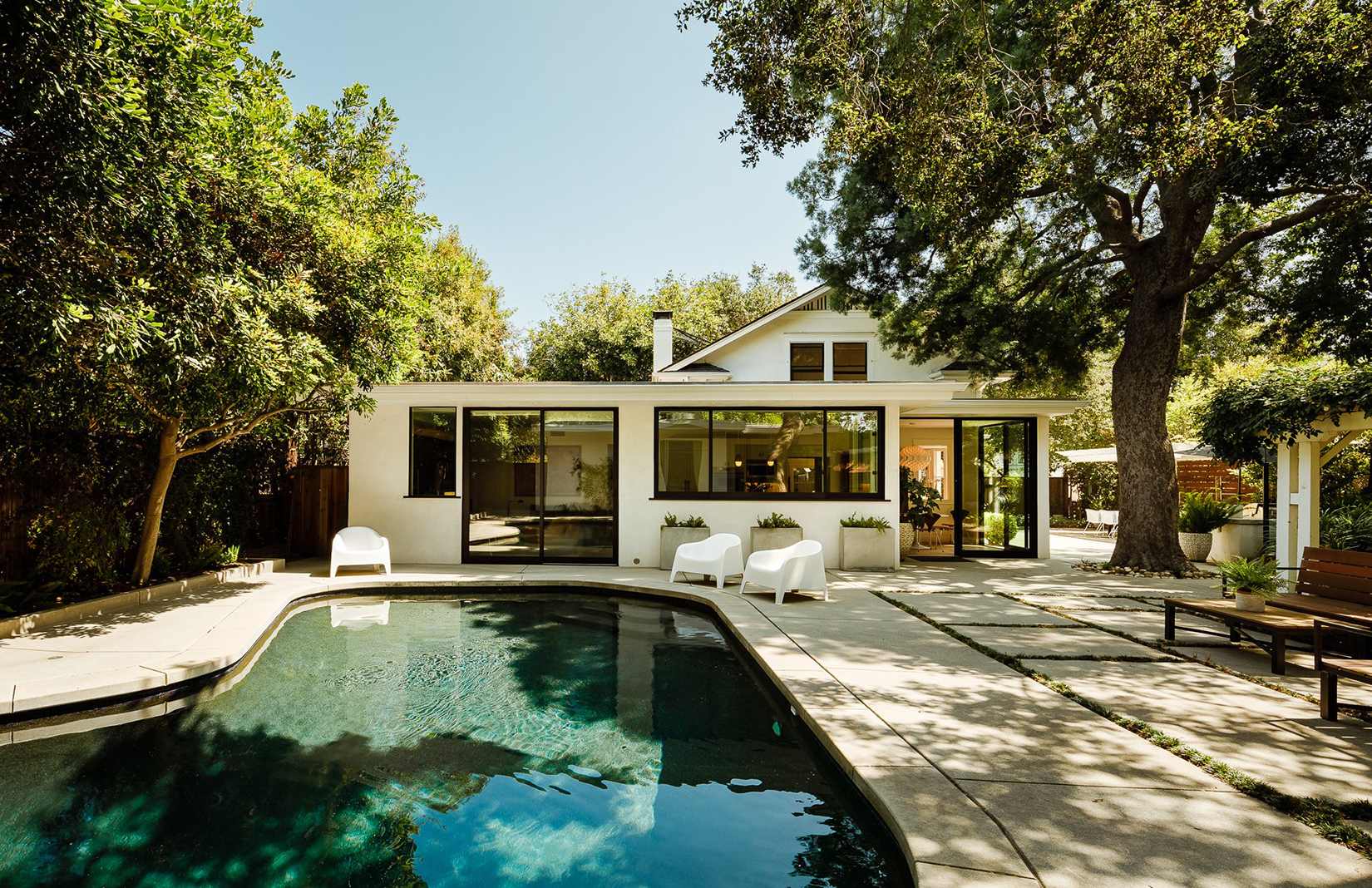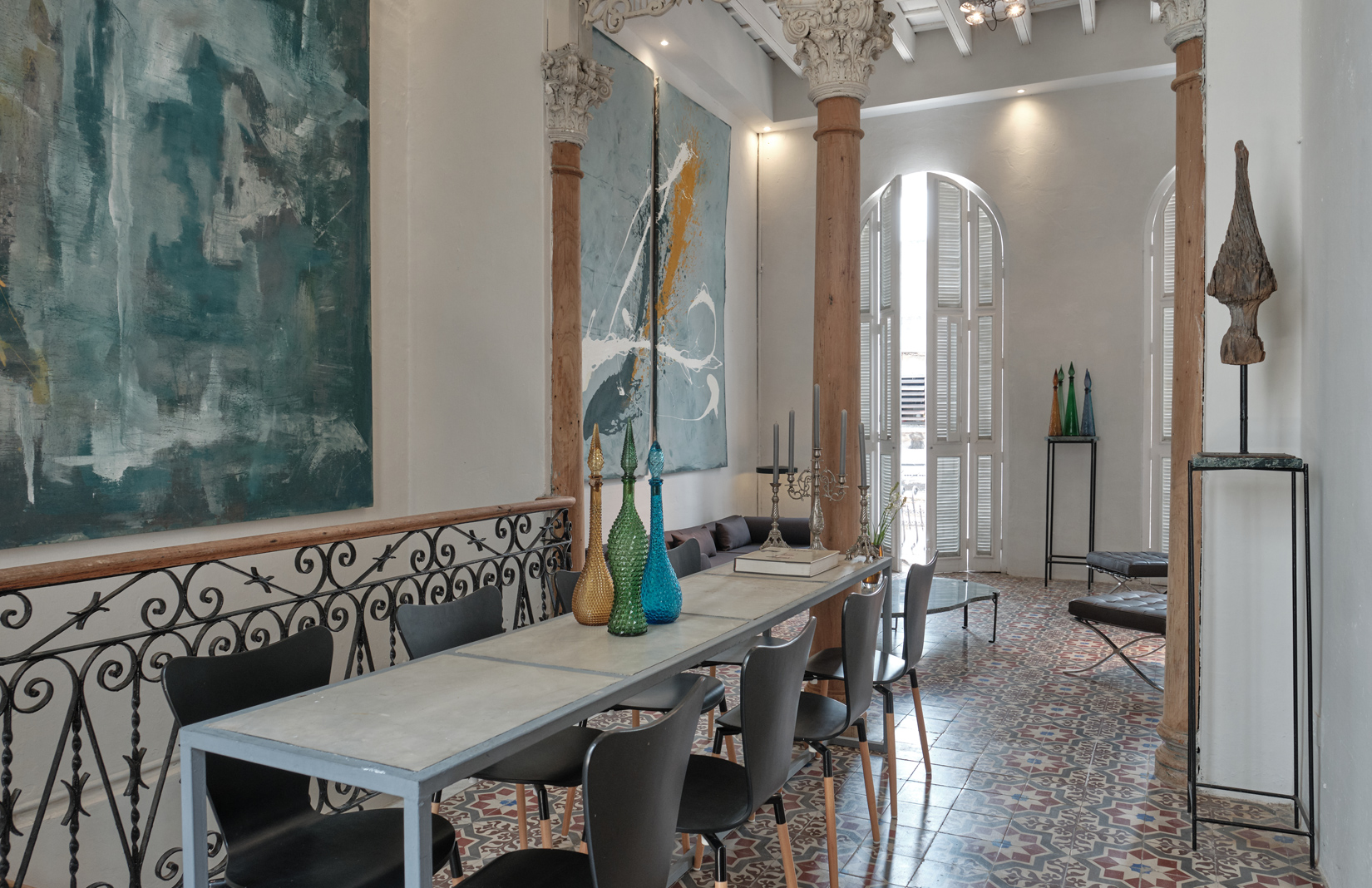
Photography: Louise Long for The Spaces

Photography: Louise Long

Photography: Louise Long

Photography: Louise Long

Photography: Louise Long

Photography: Louise Long

Photography: Louise Long

Elogio del vacío VI (2000) by Eduardo Chillida. Photography: Louise Long

Escuchando a la piedra III (detail, 1996) by Eduardo Chillida. Photography: Louise Long

Autostat (1996) by Franz West. Photography: Louise Long

Le Père Ubu (1974) by Joan Miró. Photography: Louise Long

Photography: Louise Long
Louise Long takes us on a photographic tour of the uninhabited island which is being revived through art and eco-tourism
Fifteen minutes from the harbour of Menorca’s capital, Mahón, the outline of a pocket-sized island emerges into view. A skirt of cacti, craggy cliffs, and scattering of buildings, all nestled between the north and sound banks of the estuary. And as the trinket-sized ferry sidles up to the shore, flags announce our arrival at Illa del Rei.
The uninhabited island spans barely 10 acres and is named after the spot where, in 1287, King Alfonso III landed to conquer the island of Menorca. For decades, it comprised only a disused, decommissioned English military hospital (dating from 1711), the remains of a 6th Century Paleochristian church, and several crumbling outbuildings. Then in 2005, its fortunes shifted when a non-profit organisation, The Fundació Hospital de l’Illa del Rei, was established by Luis Alejandre, a retired General from the Spanish military.

The Fundació – now boasting a community of hundreds of international volunteers – is a beacon of new cultural life for Mahon; a team continually dedicated to restoring and promoting the island’s landscape, architecture and heritage.
Disembarking onto a small jetty, a sweeping path leads up past a mosaiced map of the island. Views to the left reveal the Illa del Rei’s history: a U-shape of stone rising high above shaded colonnades houses a museum dedicated to the history and work of the former hospital. To the right, a wholly different scene presents itself: a cluster of renovated spaces, gardens and outdoor sculpture, opened in July 2021 as Hauser & Wirth’s latest international outpost.
Encompassing eight galleries, a sculpture trail, restaurant, gallery shop and landscaped garden, Hauser & Wirth is marked by contrasts and juxtapositions.

Bold archways open out onto sculpted courtyards – the first housing Louise Bourgeois’s bronze Spider (1994), framed by a magnificent fig tree. Inside, long, low galleries (with an inaugural exhibition from Californian painter Mark Bradford) are punctured with apertures revealing sea views, foregrounded with deckchairs and potted cacti.
Argentinian architect and long-standing Hauser & Wirth collaborator Luis Laplace led the adaptive reuse project, whose design is a sensitive and tactile reimagining of the island’s naval history and architecture, incorporating restored wooden beams, local roof tiling, and terrazzo flooring made onsite with regional stone. Gallery interiors are washed with traditional lime plaster, poignantly preserving the scars of the original sandstone walls; while two small annexes champion local sandstone, or ‘marès’.
Moving between gallery and restaurant, the island’s natural flora has been nurtured by the garden scheme of Dutch garden designer Piet Oudolf. His signature light-touch reconjured here, for the Mediterranean climate. Two main borders reveal a matrix of thyme, graceful low growing grasses, flowering Euphorbias and climbing roses. Purples and blue-greens perfectly offset against the pink sandstone; and in turn, the blue of the sea beyond.

Meanwhile, from planted borders to scraggy shore, a handful of outdoor sculptures are to be discovered: from 20th-century Spanish artists Joan Miró and Eduardo Chillida, to Louise Bourgeois and Franz West. Each offers its own interpretation of this unique setting. For, though less than a hop from the bustle of Mahon town, this is an island that feels somehow a world away. A place rich with history; a triumph of contemporary design and culture, and as the sun goes down, a haven of glasses chinking, grasses in the breeze, and glittering sea.



























